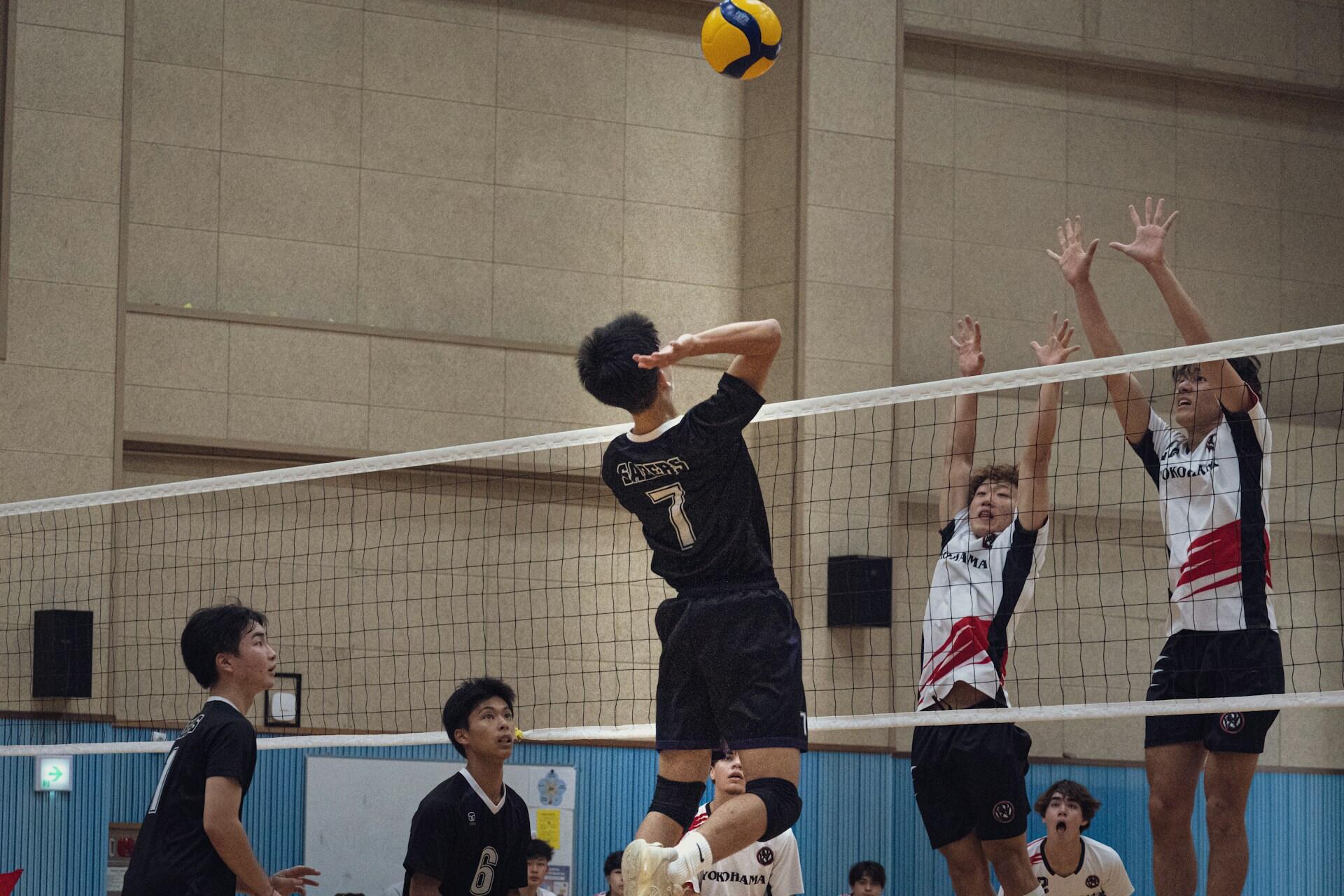In volleyball, the opposite hitter or right-side hitter is one of the more versatile positions on the court. They're positioned directly across from the setter, which gives them a dual role where they have to anchor the offense with powerful attacks while also fortifying the defense with timely blocks. The opposite hitter is an option when play breaks down or the primary hitter is out of position. Since opposite hitters contribute in both the front row and back row, they're essential to balanced teams.

What Is an Opposite Hitter in Volleyball?
One of the most critical positions on a volleyball team, the opposite hitter is responsible for attacking from the right side of the court, often matching up against the opponent's strongest hitter. The reason they're called the "opposite" hitter is because the player rotates directly across from the setter in the lineup; when the setter is in the back row, the opposite is in the front row, and vice versa.
Also known as the right-side hitter, the opposite hitter must be a dominant offensive force while also contributing to blocking and defensive plays. This makes the opposite hitter a unique role, as it's both physically and mentally demanding, while requiring a great deal of versatility. Opposite hitters must be ready when the setter is pulled off the net, cover emergency plays, and consistently provide attack options regardless of the ball's location on the court.
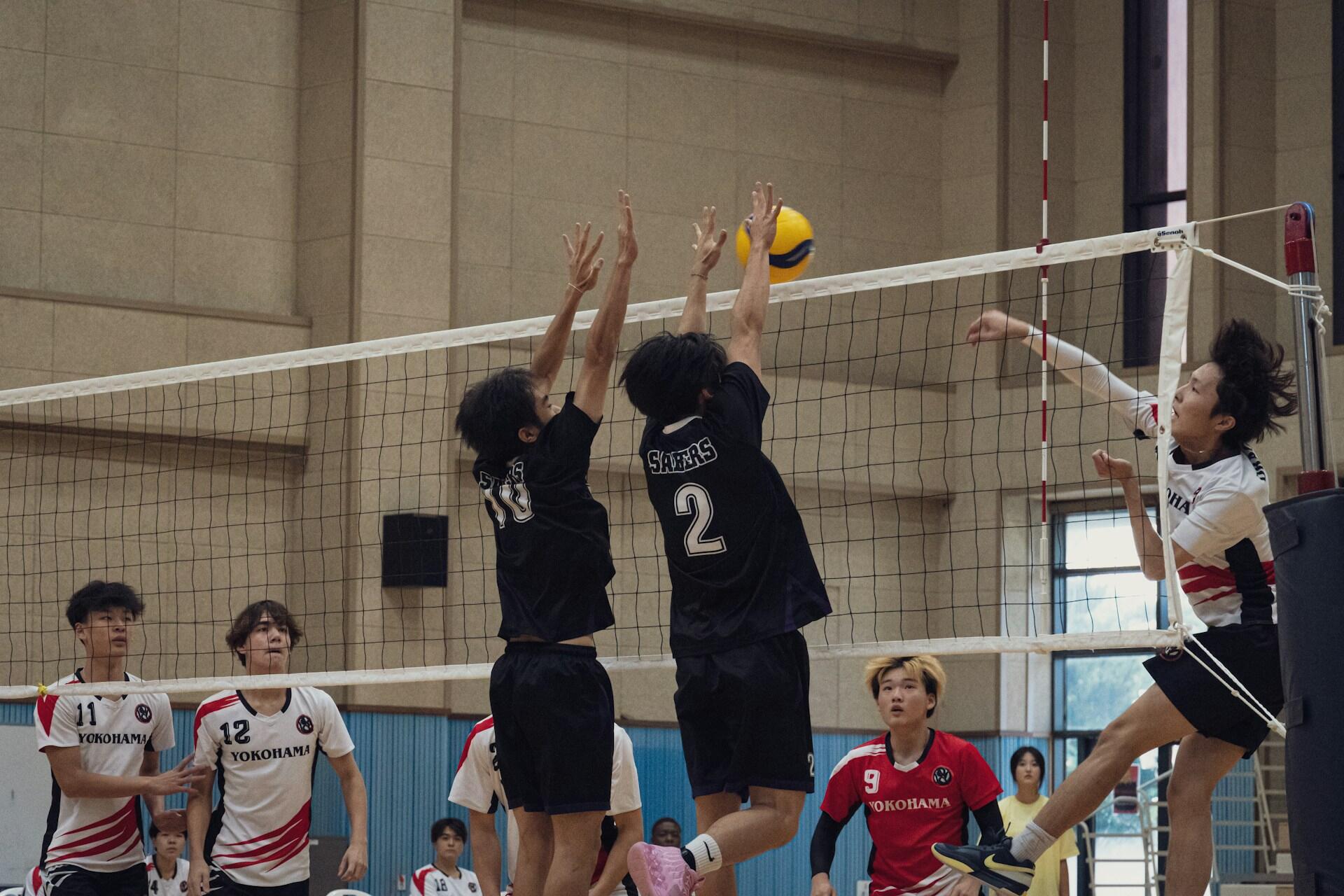
In many elite teams, you'll find that the opposite is the most reliable scorer when it comes to pressure situations.
The Opposite Hitter’s Role on the Team
Since the opposite hitter's role is to bring stability and strength to the offensive and defensive sides of the game, they're one of the most valuable positions in modern volleyball. Positioned on the right side of the court, they often end up facing the opponent's top outside hitters and are the go-to under pressure.
Offensive Power and Scoring
The opposite hitter is usually one of the team's top attackers, taking high-velocity sets from the setter and delivering hits down the line or cross-court. Since they don't usually participate in serve receive, they're the go-to option during transition and broken plays.
Opposite hitters typically don’t participate in serve receive formations so they can stay ready for quick attacks. This gives the team a reliable offensive option during fast transitions or broken plays.
Balancing the Attack
Opposite hitters help teams to be unpredictable. Offenses rely heavily on outside hitters; a good right-side hitter spreads blocking pressure and creates more space for middle and left-side attackers. This balance is a great way to keep the defense guessing.
Blocking Responsibilities
Opposite hitters are the primary blockers against the opposition's outside hitter, who is often their strongest attacker, which means they need to be adept blockers with incredible technique and timing. In many rotations, they'll be part of the front row block, setting the tone for the team's defensive wall.
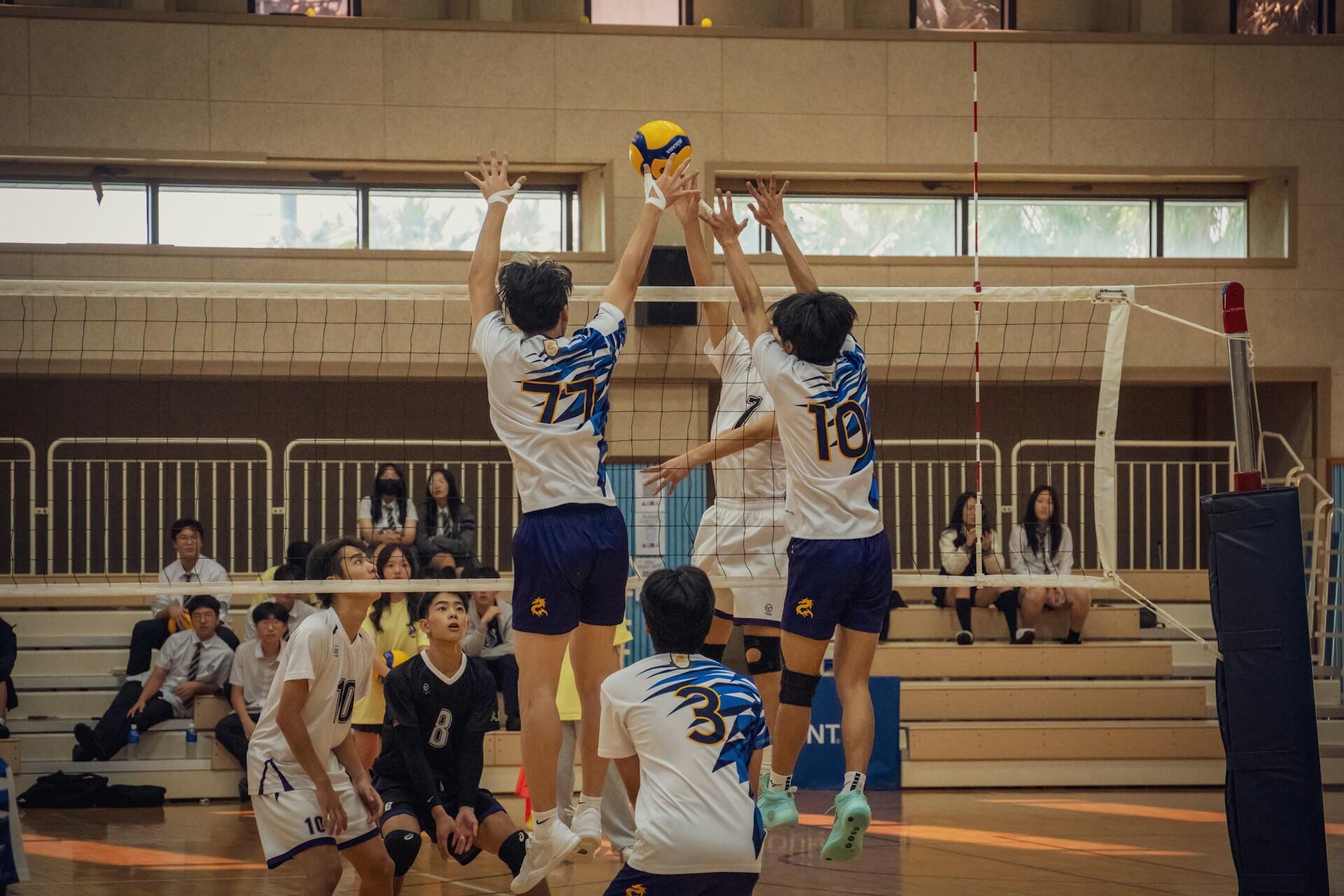
Adaptability and All-Around Play
Opposite hitters have to be versatile players. They need to take over setting duties in emergency situations, defend the back row, and chase down balls off the block. Opposites are adaptable, aware, and constantly involved in keeping plays alive, especially when things break down.
The opposite hitter has one of the most flexible roles on the court. They may block, attack, defend, or even set the ball in emergency plays, making them a vital all-around contributor.
Where Does the Opposite Hitter Play on the Court
The opposite hitter's location on the court is a crucial aspect of their role, meaning you'll find the opposite hitter on the right side of the court, in the position directly across from the setter in the team's rotation. This strategic positioning for the opposite hitter means it's a great role for both offensive and defensive coverage across the front and back rows.
Front Row Responsibilities
When the opposite is in the front row (usually positions 2 or 3, depending on rotation), they are:
- A primary hitting option on the right side
- The lead blocker against the opposing outside hitter
- Expected to deliver strong, high attacks from both in-system and out-of-system sets
They must time their blocks in coordination with the middle blocker and be prepared to receive a quick set or execute a back set swing with precision.
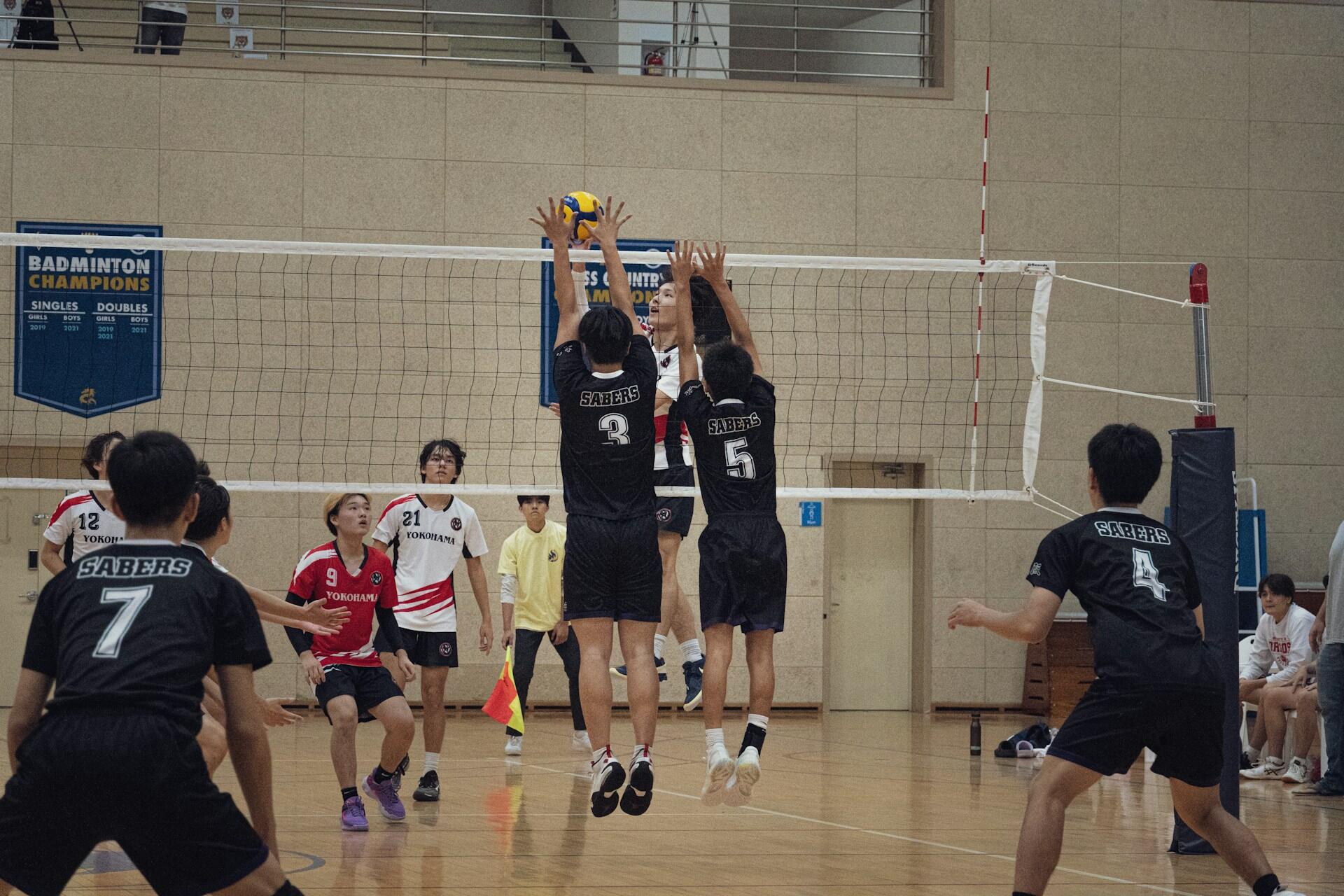
Back Row Responsibilities
In the back row (usually positions 1 or 6), the opposite remains involved by:
- Providing defensive coverage and digging hard-hit balls
- Transitioning quickly from defense to offense when the ball is recovered
- Occasionally becoming a back-row attack option (pipe or D-ball sets)
An opposite hitter doesn't have the same passing responsibilities as a libero. However, they still need court awareness to maintain fluid team play.

Skills Every Opposite Hitter Needs to Master
Great opposite hitters blend physical strength, technical ability, and tactical awareness. They need to hit hard and make smart decisions, read the game, and execute effectively under pressure. Here are just some of the essential skills that a great opposite hitter should have.
Power and Timing in Attacks
Opposite hitters must hit with both speed and control. Timing is everything when attacking off a high ball or a quick back set. They must adjust to imperfect sets and still be able to generate effective attacks.
Blocking Technique and Vision
Primary blockers against the opponent's left-side hitter need great timing, hand positioning, and awareness. They must read the setter, anticipate plays, and create an effective wall by working closely with the middle blocker.
Back-Row Defense
While a libero or outside will be more involved in serve receive than an opposite, they still need to play solid defense in the back row. Their defensive responsibilities can include digging, chasing down tips, and supporting emergency plays.
Smart Shot Selection
Choosing when to swing hard, when to tip, and when to reset the ball are all part of every top hitter's arsenal. Their strategic decision-making keeps the team in the rally while setting up the next attack. Opposites who can read the block and find open spaces can also be go-to scorers.
Versatility and Composure
Opposite hitters may be called upon to fill unexpected roles, such as setting, if the setter makes the first contact. Calmness and adaptability are essential during chaotic plays for opposing teams in high-pressure matches.
Watch this video on why the opposite hitter, Yuji Nishida, is so good.
How the Opposite Hitter Supports the Team’s Offense and Defense
The opposite hitter is one of those players who play a key role in offense and defense. Their ability to deliver kills, stop the opponent's strongest attackers, and jump in when plays break down is why they're such impactful specialists. Not always in the spotlight, their consistency and adaptability keep their team in games, especially at the higher levels.
Offensive Impact
- Reliable Scoring: Because they usually don't handle serve receive, opposite hitters are always in a position to attack. This lets them be available for more swings throughout the match, especially in out-of-system situations.
- Support for the Setter: When the setter takes the first touch (such as off a dig), the opposite may become the emergency setter. A good opposite knows how to deliver a playable set and keep the offense moving.
- Fast Transitions: Great teams transition quickly from defense to offense, helping to keep pressure on the opponent and speed up the team's tempo.
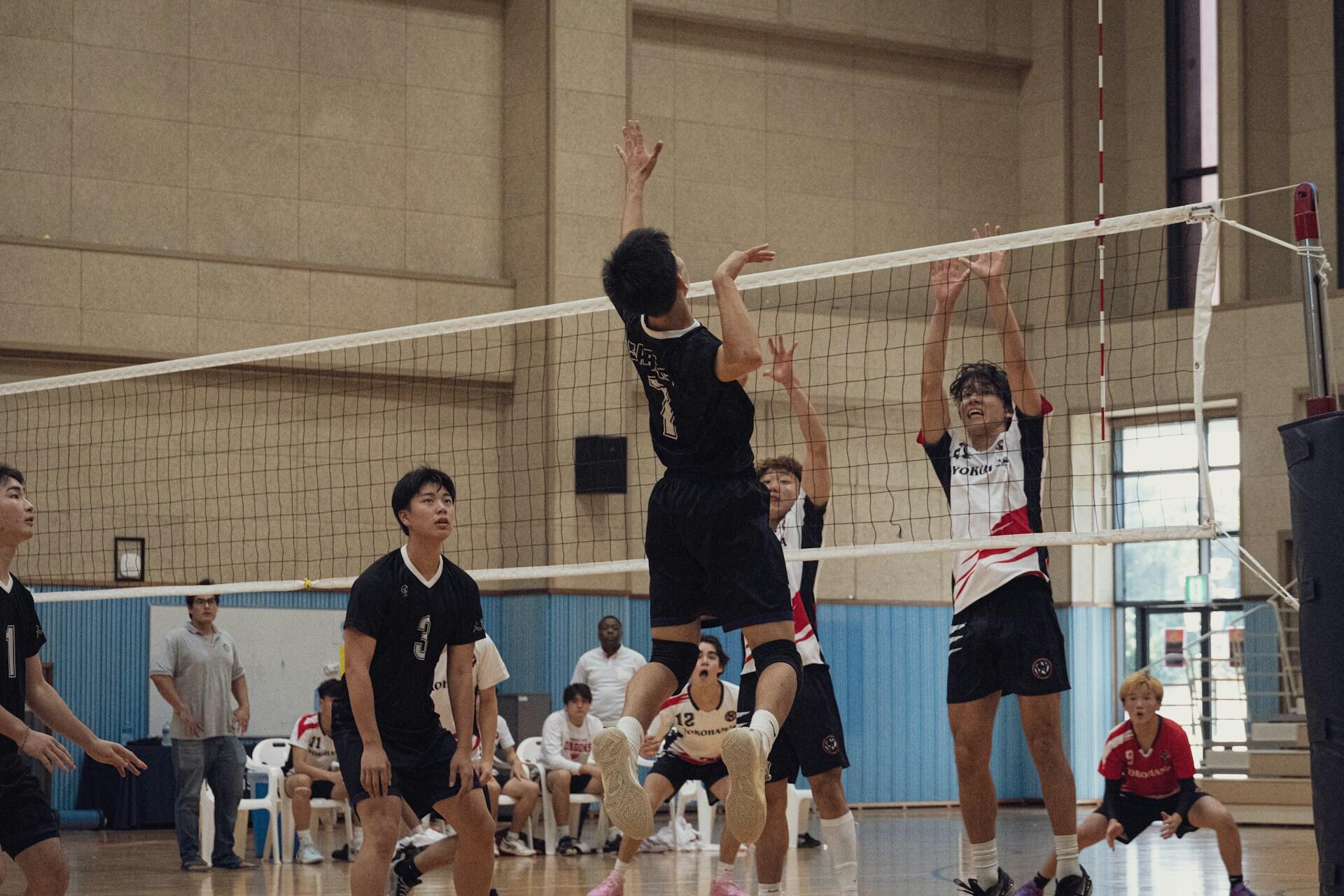
Defensive Responsibilities
- Blocking the Left Side: The opposite often faces the opponent’s most dominant outside hitter, making their blocking effectiveness vital to team defense. Well-timed blocks can completely shut down an opponent’s rhythm.
- Back Row Defense: When in the back row, opposites must be alert and ready to defend, though it's common for strong offensive players to be replaced with defensive specialists when they rotate to the back row. Though not their primary responsibility, solid back-row play can extend rallies and give the team second chances to score.
Famous Opposite Hitters to Know
Here are some of the athletes who have stood out for their powerful attacks, smart decision-making, and clutch performances. In modern volleyball, the opposite hitter position has become so important that there are numerous iconic players who have dominated the sport from it.
🇺🇸 Annie Drews (USA)
USA Women's National Team
#55
🇷🇺 Maxim Mikhaylov (Russia)
Russia Men's National Team
#17
🇵🇱 Katarzyna Skowrońska (Poland)
Poland Women's National Team
#16
🇺🇸 Matt Anderson (USA)
USA Men's National Team
#1
How to Train to Become a Better Opposite Hitter
Opposite hitters should focus on technical drills that emphasize approach and timing, blocking reps, and emergency settings. Strength and conditioning are also key, with a range of physical training that can improve your game. Don't forget the mental side, too. Opposite hitters must study their opponent's tendencies and work with their coaches on developing mental fortitude, so they can excel in high-pressure, key moments in games.
If you want to improve as a volleyball opposite hitter, consider training with a private volleyball coach on Superprof. You can browse the profiles of qualified and experienced tutors, see how much they charge, and read reviews left by their other students. Once you have a few in mind, make the most of the free first lesson offered by the majority of Superprof tutors and coaches before choosing the best option for you and your volleyball ambitions.

